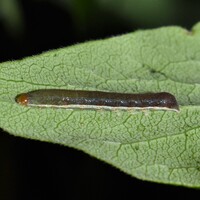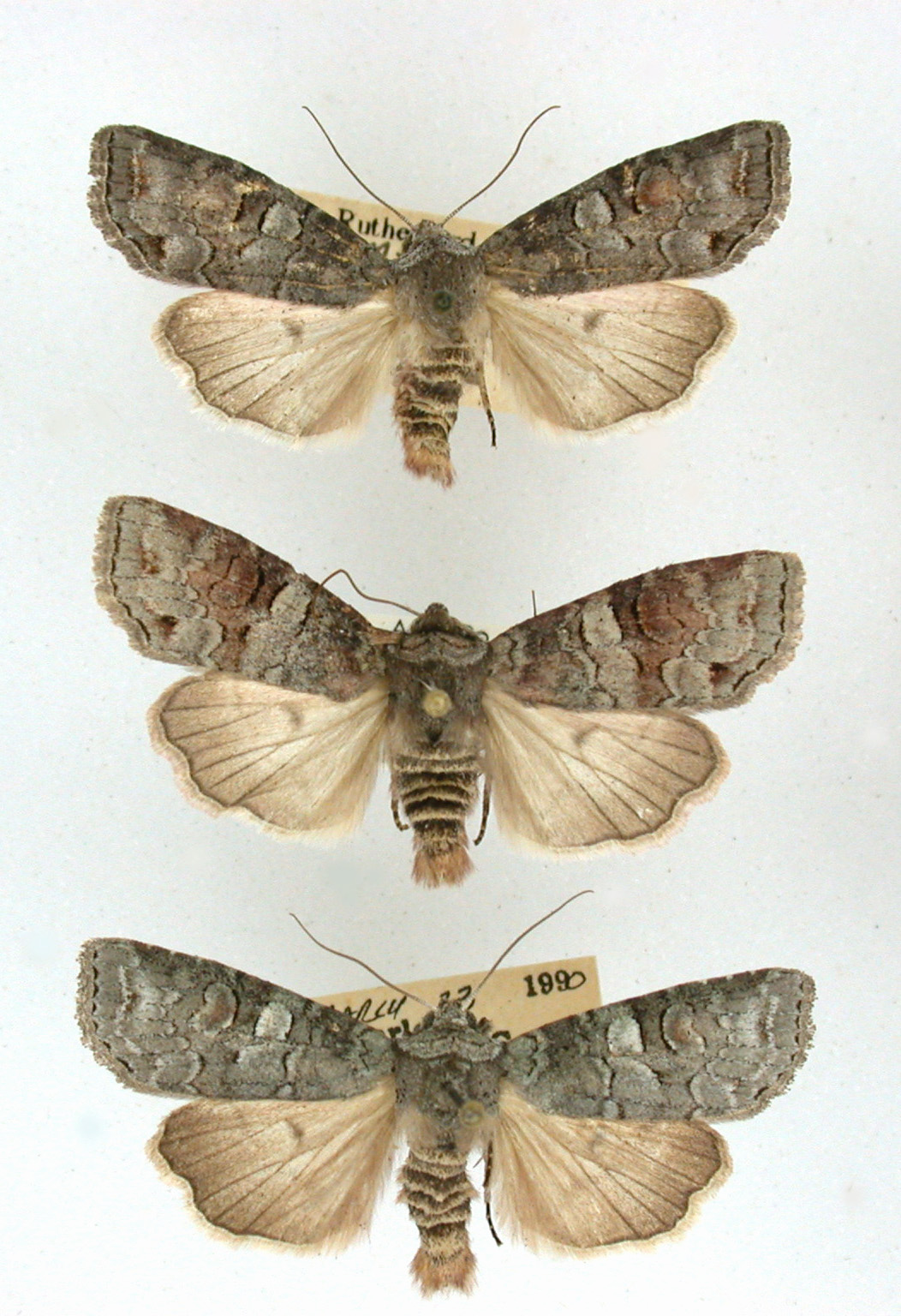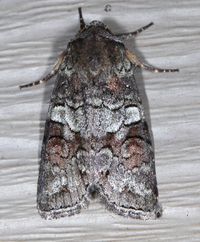
| Recorded by: Jim Petranka on 2025-04-19
Madison Co.
Comment: | 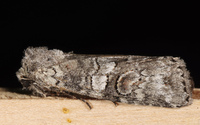
| Recorded by: John Petranka, Jim Petranka and Becky Elkin on 2025-04-14
Bladen Co.
Comment: |

| Recorded by: Jim Petranka on 2025-04-09
Madison Co.
Comment: | 
| Recorded by: Emily Stanley on 2025-04-06
Buncombe Co.
Comment: |

| Recorded by: David George, Jeff Niznik on 2025-04-05
Chatham Co.
Comment: | 
| Recorded by: Mark Shields on 2025-04-04
Onslow Co.
Comment: |

| Recorded by: K. Bischof on 2025-04-04
Transylvania Co.
Comment: | 
| Recorded by: Mark Basinger on 2025-04-02
Wilson Co.
Comment: |

| Recorded by: Mark Basinger on 2025-03-31
Wilson Co.
Comment: | 
| Recorded by: Mark Basinger on 2025-03-29
Brunswick Co.
Comment: |

| Recorded by: Mark Basinger on 2025-03-28
Brunswick Co.
Comment: | 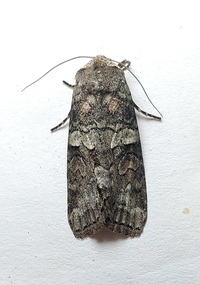
| Recorded by: Mark Basinger on 2025-03-28
Brunswick Co.
Comment: |
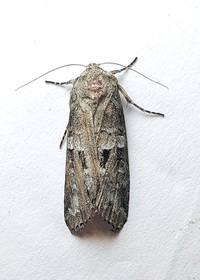
| Recorded by: Mark Basinger on 2025-03-28
Brunswick Co.
Comment: | 
| Recorded by: Jeff Niznik, David George, Rich Teper on 2025-03-28
Chatham Co.
Comment: |

| Recorded by: Mark Basinger on 2025-03-24
Brunswick Co.
Comment: | 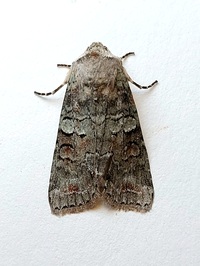
| Recorded by: Mark Basinger on 2025-03-14
Wilson Co.
Comment: |
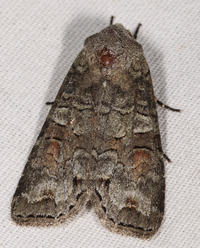
| Recorded by: John Petranka on 2025-03-11
Orange Co.
Comment: | 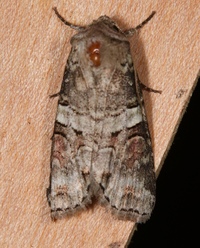
| Recorded by: Jim Petranka, Mark Basinger and Becky Elkin on 2024-05-16
Buncombe Co.
Comment: |
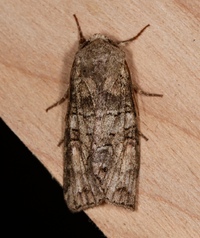
| Recorded by: Jim Petranka, Mark Basinger and Becky Elkin on 2024-05-16
Buncombe Co.
Comment: | 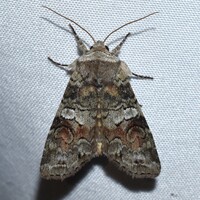
| Recorded by: Jeff Niznik on 2024-05-13
Madison Co.
Comment: |
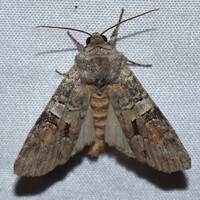
| Recorded by: Jeff Niznik on 2024-05-12
Madison Co.
Comment: | 
| Recorded by: K. Bischof on 2024-04-18
Transylvania Co.
Comment: |

| Recorded by: K. Bischof on 2024-04-18
Transylvania Co.
Comment: | 
| Recorded by: Jim Petranka and Becky Elkin on 2024-04-16
Buncombe Co.
Comment: |

| Recorded by: Avery Young on 2024-04-13
Buncombe Co.
Comment: | 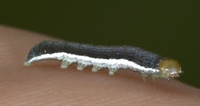
| Recorded by: Stephen Dunn on 2024-04-10
Orange Co.
Comment: |

| Recorded by: Stephen Dunn on 2024-04-10
Orange Co.
Comment: | 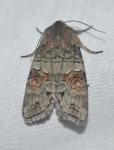
| Recorded by: K. Bischof on 2024-04-08
Transylvania Co.
Comment: |
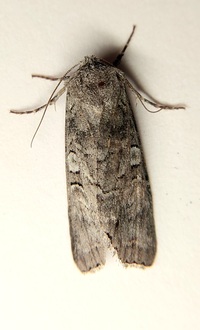
| Recorded by: Mark Basinger on 2024-04-02
Wilson Co.
Comment: | 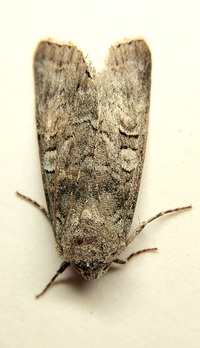
| Recorded by: Mark Basinger on 2024-04-02
Wilson Co.
Comment: |
|

 »
»